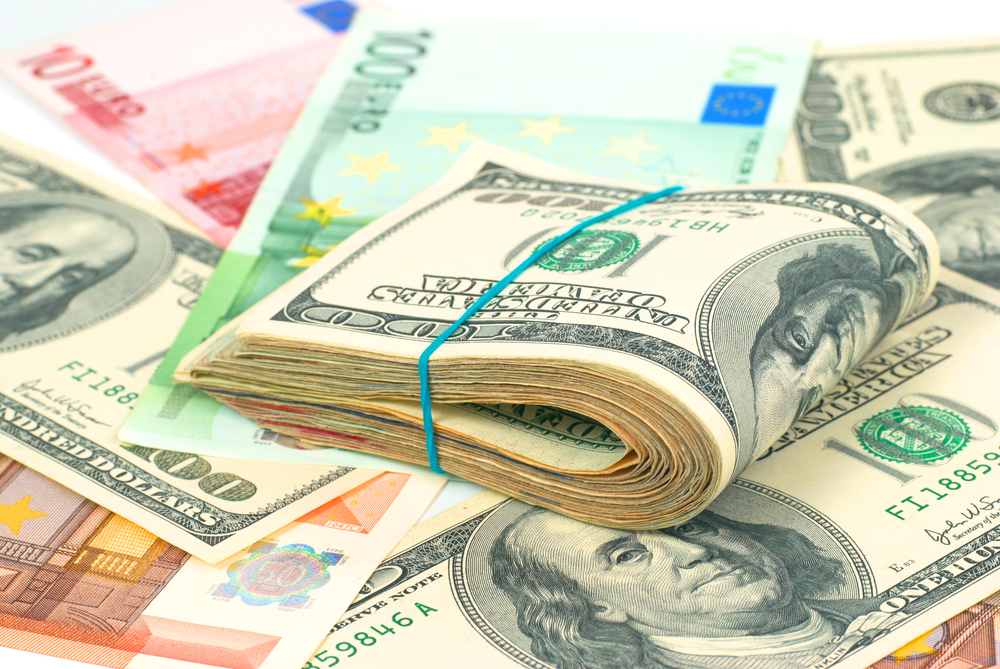It is a common misconception that dividends are not paid on exchange-traded funds (ETFs). However, this is not the case. While it is true that some ETFs do not distribute dividends, many do, and dividend payments from ETFs can be a significant source of income for investors.
What are dividends?
Dividends are payments made by a company to its shareholders. These payments are typically made quarterly based on the company’s profits. For example, if a company earned £100 million in profit last quarter, it might declare a dividend of £0.50 per share, so each shareholder would receive £0.50 for each share they own.
Which ETFs distribute dividends?
Equity ETFs
The vast majority of equity ETFs distribute dividends, including ETFs that track major indices such as the S&P 500 and the Dow Jones Industrial Average. In general, companies that make up these indices are large, well-established businesses that have been paying dividends for many years.
International ETFs
Many international ETFs also distribute dividends. However, you must note that dividend payments from foreign companies may be subject to withholding taxes. For example, if a foreign company pays a dividend of £0.50 per share and the withholding tax rate is 30%, the shareholder will only receive £0.35 per share (£0.50 – £0.15).
Bond ETFs
Bond ETFs generally do not distribute dividends because the interest payments received by the fund are typically reinvested. However, there are a few exceptions, such as high-yield bond ETFs.
How to invest in dividend-paying ETFs
Decide what type of investor you are
The first step is to decide what type of investor you are. Are you looking for current income or long-term growth? If you’re retired and rely on dividend payments to help cover your living expenses, you’ll want to focus on ETFs with a history of paying high dividends. In contrast, if you’re still working and saving for retirement, you may be more interested in ETFs offering potential capital gains.
Consider your investment goals
Once you know what type of investor you are, you can start considering your investment goals. For example, if you’re retired and need income, you might invest in an equity ETF that tracks the S&P 500. In contrast, if you’re still working and saving for retirement, you might invest in an international ETF.
Choose a dividend ETF
Once you know what type of investor you are and what your investment goals are, you can begin to research specific dividend ETFs. When choosing a dividend ETF, it’s essential to consider factors such as expense ratio, yield, and holdings.
Consider your risk tolerance
Before investing in an ETF, it’s essential to consider your risk tolerance. Dividend-paying ETFs can be volatile, so it’s essential to make sure you’re comfortable with the risks before investing.
Benefits of investing in dividend-paying ETFs
Dividend payments can provide a source of income
One of the most significant benefits of investing in dividend-paying ETFs is that the dividend payments can provide a source of income. It is especially beneficial for investors who are retired or nearing retirement.
Dividends can provide stability during market declines
Another benefit of investing in dividend-paying ETFs is that the dividends can provide stability during market declines. For example, if the stock market falls by 10%, a dividend-paying ETF may only fall by 5%. It can help to protect your portfolio from losses.
Traders can reinvest dividends
Another benefit of investing in dividend-paying ETFs is that traders can reinvest dividends, allowing investors to compound their returns and potentially grow their portfolios faster.
Risks of investing in ETFs
ETFs are subject to market risk
One of the risks of ETF trading is that they are subject to market risk, which means that the prices of ETFs can go up or down, and investors could lose money.
ETFs are subject to tracking error
Another risk of investing in ETFs is that they are subject to tracking errors. Therefore, the ETF may not track the index precisely. For example, if the index falls by 10%, the ETF may only fall by 8%. It can lead to losses for investors.








